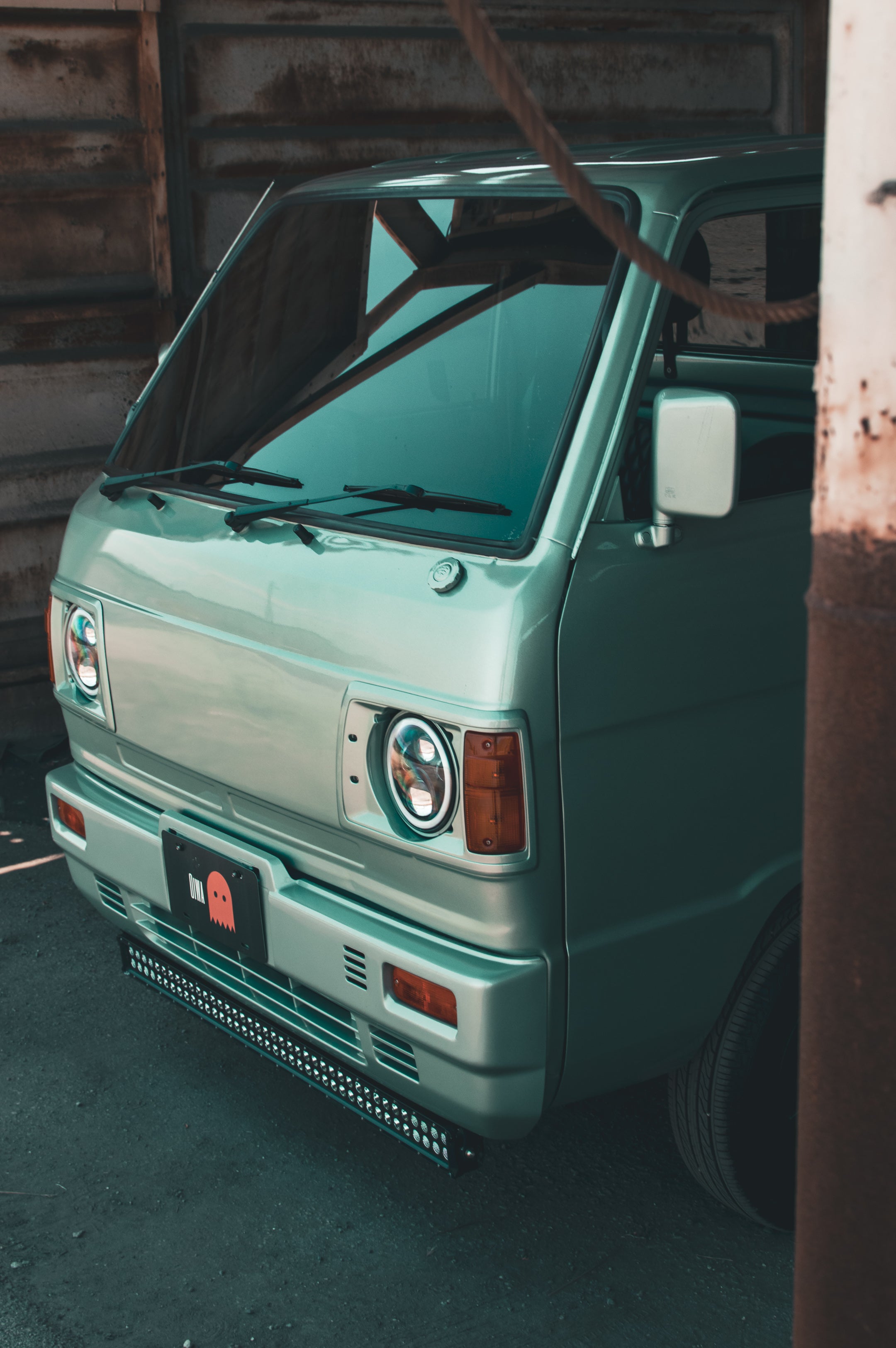The Unsung Hero of Japan's Streets
For years, the Subaru Sambar Dias has been the unsung hero of Japan's crowded streets, a fact that my father, a man who spent over half a century crafting the Japanese automotive narrative at Toyota and Nissan, always found both amusing and frustrating. The Sambar Dias, a small yet resilient kei van, holds a rich legacy that intertwines with Japan's post-war economic miracle and the country's unique approach to mobility.
A Legacy Born in the 1960s
The Sambar Dias emerged in the early 1960s, a time when Japan was redefining itself and its industries. This pint-sized wonder, with its origins rooted in the Subaru Sambar line, was designed to fit the kei car regulations—Japan’s ingenious answer to urban congestion and fuel efficiency. My father, a dedicated engineer who had a hand in the evolution of several Japanese automotive giants, always spoke of the kei vehicles with a kind of reverence that was contagious, and it rubbed off on me, fueling my passion for these underappreciated marvels.
The Allure of Practicality
In an automotive world obsessed with size and power, the Sambar Dias offered a different kind of allure: practicality. It was compact yet versatile, capable of maneuvering through Japan's labyrinthine alleys with the nimbleness of a cat. Its utilitarian design was a testament to Japanese minimalism—there was beauty in its simplicity, a notion my father often reiterated during our evening discussions about the future of mobility. The Sambar Dias was not just a vehicle; it was a reflection of a culture that prized efficiency over extravagance.
The Kei Car Philosophy
But why, you might wonder, has the Sambar Dias remained relatively unknown outside Japan? The answer lies in its very nature. It was never intended to be a global superstar; instead, it was crafted to meet the specific needs of the Japanese market. With its modest engine and compact footprint, the Sambar Dias epitomized the kei car philosophy, which prioritized functionality and low cost over the lavish features that Western markets demanded.
The Challenge of Modernity
The Sambar Dias' story is not without its dramas. As the automotive industry evolved, Subaru faced the challenge of keeping the Sambar relevant in a rapidly changing market. My father would often recount tales of boardroom debates, where executives grappled with the decision to innovate or abandon. It was a dilemma that many Japanese car manufacturers faced: how to balance tradition with modernity. In the end, Subaru chose to evolve the Sambar, infusing it with new technologies while maintaining its core ethos, a decision that has kept it relevant to this day.
Simplicity and Reliability
The appeal of the Sambar Dias lies in its simplicity and reliability—a trait that has endeared it to countless small business owners and urban dwellers in Japan. It is a vehicle that asks little of its owner, offering in return a steadfastness that is increasingly rare in today's automotive landscape. My father's stories of the Sambar Dias often included anecdotes of its impressive endurance, from surviving harsh winters in Hokkaido to navigating the bustling streets of Tokyo.
A Testament to Japanese Ingenuity
As I reflect on the legacy of the Subaru Sambar Dias, I am reminded of the lessons my father imparted about the importance of innovation and adaptability. The Sambar Dias may not have the international acclaim of its larger, more glamorous counterparts, but it remains a symbol of Japanese ingenuity and resilience. In an era where the automotive industry is once again on the brink of transformation, with electric and autonomous vehicles on the horizon, the humble Sambar Dias stands as a testament to the enduring power of thoughtful design.
A Cultural Icon
The Subaru Sambar Dias is more than just a kei van; it is a cultural icon that tells the story of a nation's journey from post-war recovery to technological prowess. For those who appreciate the beauty of purpose-built design and the quiet dignity of a vehicle that knows its place in the world, the Sambar Dias is a gem worth unearthing. It is a reminder that sometimes, the most profound stories are found in the most unassuming places, a truth my father knew all too well.


